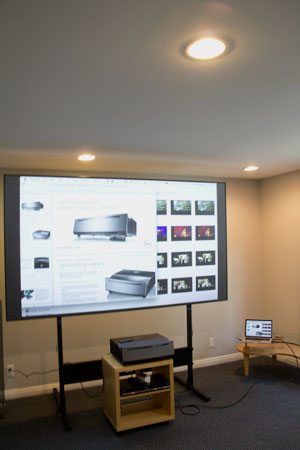Dell S718QL 4K UHD Laser Projector Review – Special Features: 4K UHD, Laser Light Engine UST, Media Player/MS Office, LAN, LAN Display (FHD only), Bluetooth Audio, 4:1 split screen (FHD), Portrait Mode, Screen Recommendations
- Dell S718QL - A 4K UHD, Ultra Short Throw, Laser Projector Review
- Dell S718QL 4K UHD Laser Projector Review – Special Features
- Dell S718QL 4K UHD Laser Projector Review – Hardware
- Dell S718QL 4K UHD Laser Projector Review – Hardware 2
- Dell S718QL 4K UHD Laser Projector Review – Picture and Sound Quality
- Dell S718QL 4K UHD Laser Projector Review – Performance
- Dell S718QL 4K UHD Laser Projector Review – Summary
- Dell S718QL 4K UHD Laser Projector Review – Calibration Settings
- Dell S718QL 4K UST Projector Review - Full Specifications


